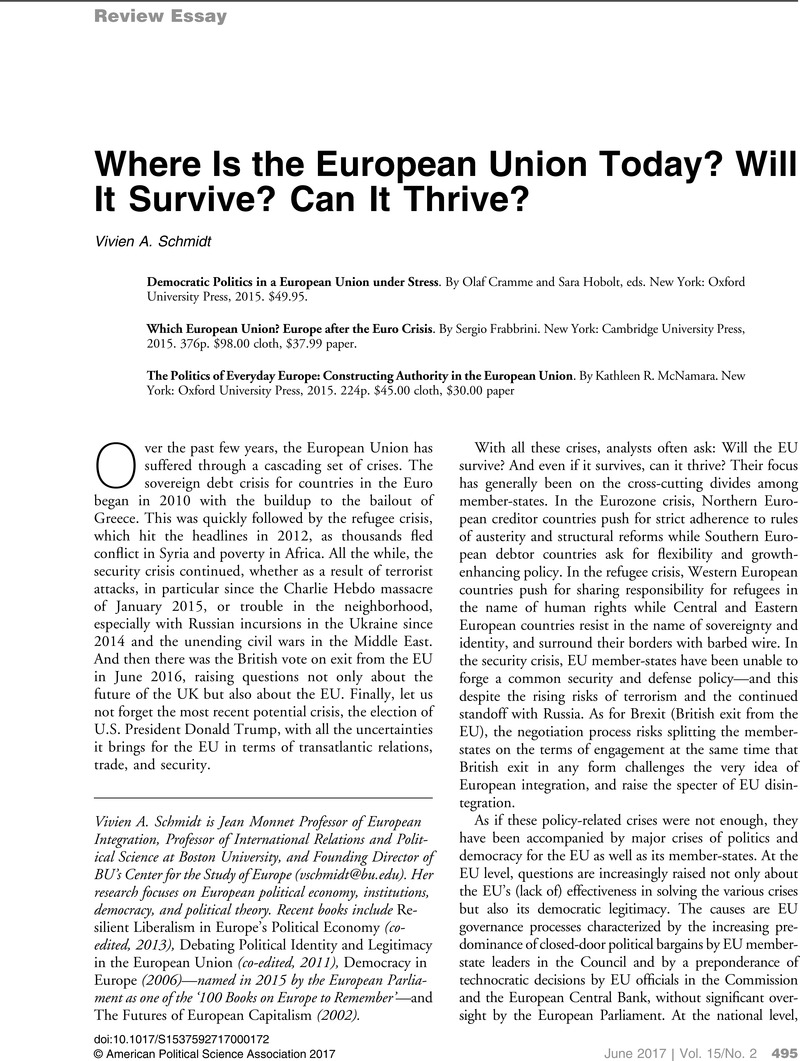Crossref Citations
This article has been cited by the following publications. This list is generated based on data provided by Crossref.
Ioniță, Dragoș
Petre, Silviu
and
Ispas, Daniela-Mihaela
2024.
Imagining Europe in Times of War and Crises.
p.
15.



